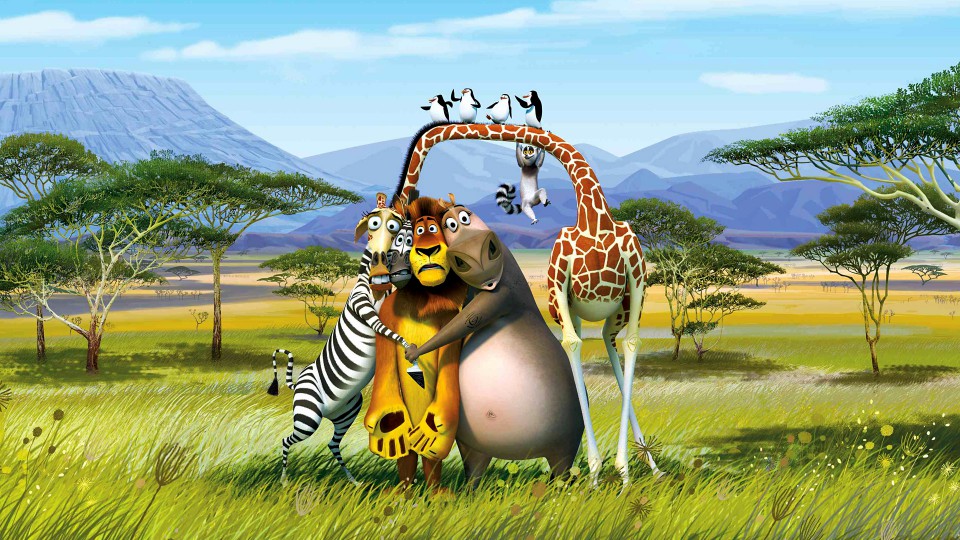This week of production hasn’t been very significant to write about except for the fact that it was just modelling, modelling & more modelling all the way. The new Gizmo in ZBrush ZR8 has been a life saver.
This week we had a movie screening for “Appleseed”. The movie was my first anime experience & though this isn’t my preferred genre of movie watching, it grew on me as we went along. The story had a few plot points making things interesting. The real reason to screen the movie was so we could experience the technique of “Cel / Toon Shaders” that was used. This was new to me & on further reading up about it, very interesting.
The Cel shading technique is a 3D technique based on a specific shading methos that helps recreate the look of traditional 2D animation. It’s an artistic style that uses flat colours to texture 3D objects in an unrealistic, stylized 2D effect.

It gets it’s name Cel from “Celluloid”, which are the clear sheets of acetate, which are painted on for use in traditional 2D animations.
This technique is extensively used in the video game industry like in the legend of Zelda, Okami, MadWorld, Prince of Persia etc. Some of the famous movies/series like The Simpsons, Futurama, The Family Guy etc are essentially 2D series where some elements like cares, machines, non-organic objects have been seamlessly integrated using this style.
Appleseed is one of the movies that was created entirely using this style. Though they have used cel shading, it doesn’t look completely 2d, resulting in a very unique blend of 2D & 3D.

How does Cel Shading work?
Cel Shading is not as technically complex as other techniques, but requires some aspects to be included during production.
- Shading:
This effect is generated from an object’s normal. Each normal has it’s own angle, which is determined between it’s direction & the direction of the light point. Which both normal & the light direct matches, it results in a light tone & as the angle grows between the mismatch of the normal & the light, it grows darker. Keeping in line with the style, the tones are flat & change without a gradual gradient. Depending on the style the number of tones can be increased or decreased.

- Outlines:
To achieve the cartoony style, cel shading sometimes includes black outlines, simulating drawing strokes, which are generated using techniques such as “Edge-detection” or “Back-face Cull”.
- Edge-Detection – Edge-detection is based on algorithms that detects changes of contrast, brightness and sharpness, determining where are the points that form object edges inside an image. The technique is a post process so is not limited to 3D. It’s not the most used technique for outline 3D contents.

- Back-face Culling – The original use of back-face cull is to hide the elements not visible to the camera / viewer so they don’t appear in the final render. This fundamental has been reversed to help create the black outlines. Here the hidden elements are shown to the camera. To create a thicker line, the vertices are reproduced & translated several times. Then the coloured image is overlapped over this to calculate which are the faces that stay in front, achieving these black outline effect with the hidden back faces.

- Texturing:
Texturing to achieve cartoon or pictorial style is based on using textures specifically created with this purpose. Including black lines in textures or painting them in a traditional way with brushes and visible strokes. Programs such as Cinema 4D have shaders like art shader to help with this specific style.

Cel Shading is not a very widely used technique & although it looks quite simple, I am sure that to achieve a great result it must be hard. Realistic shading is easier given the gradual gradation in tones helps hide a lot of flaws.
References:
Cel Shading: the Unsung Hero of Animation? (2012, September 18). Retrieved October 22, 2017, from http://www.animatormag.com/computer/cel-shading-hero-animation/
Bill Desowitz. (2009) Animation World Network. Retrieved October 22, 2017, from http://www.awn.com/articles/2d/scott-johnston-talks-iron-giant- 10th-anniversary/. Internet source produced by Journalist Bill Desowitz.
